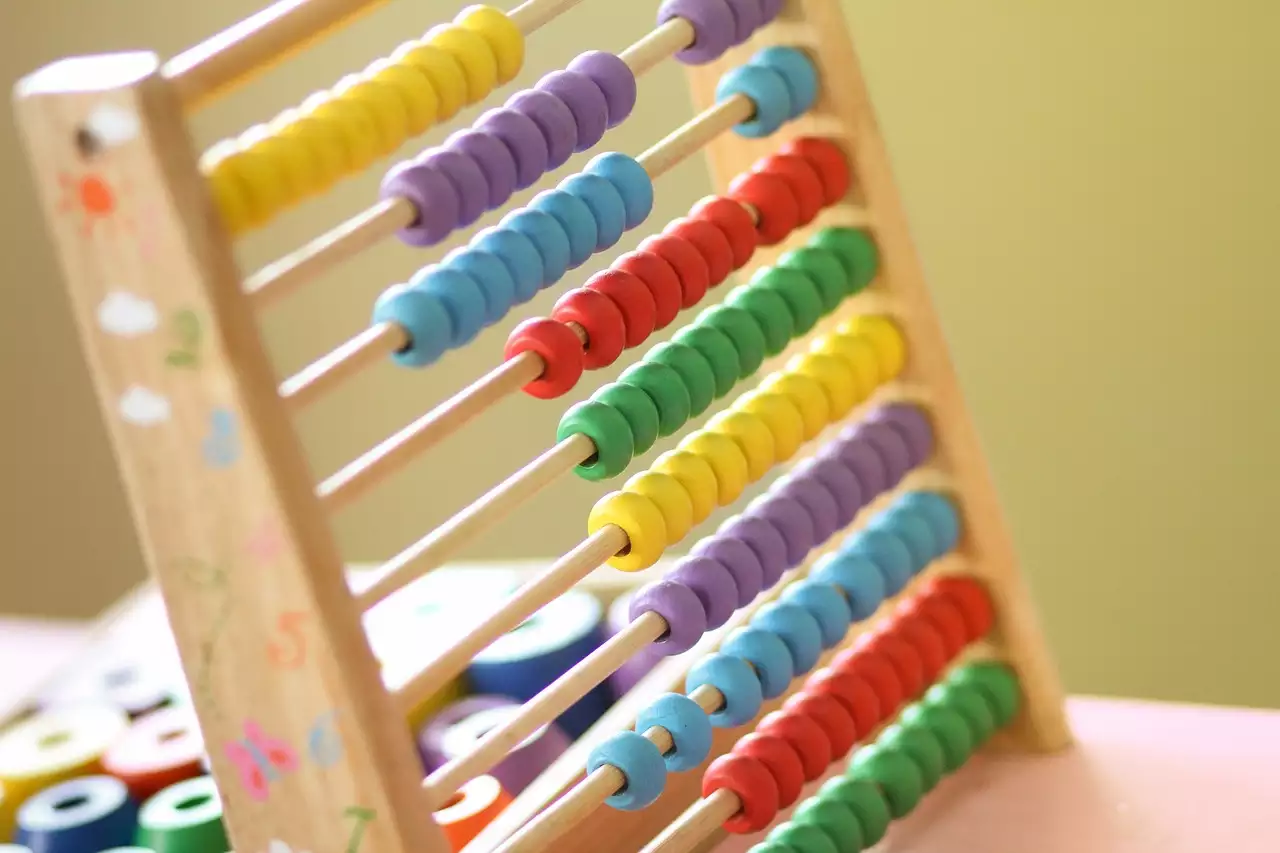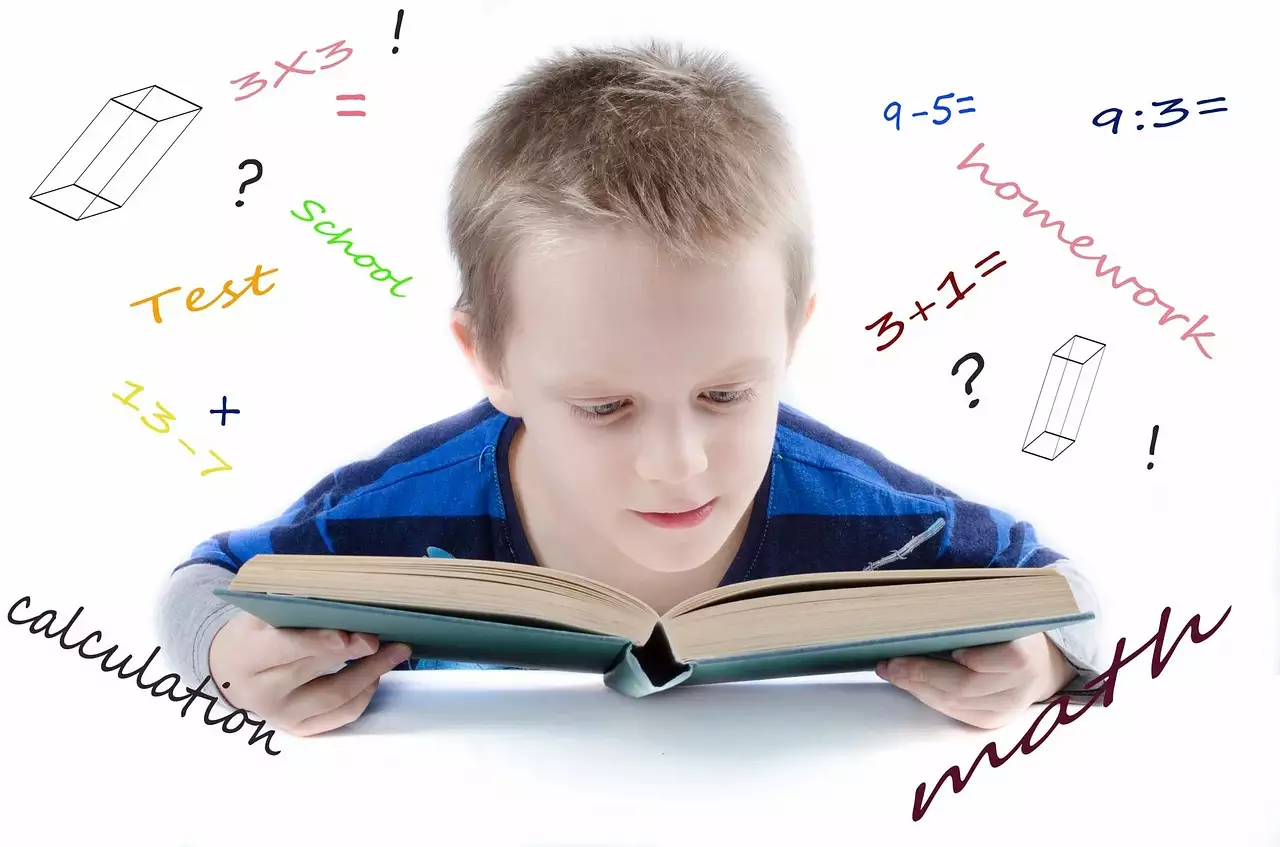GCF Calculator - Greatest Common Factor
Effortlessly find the Greatest Common Factor with Calcopolis
Table of Contents
- What Is the Greatest Common Factor?
- Simplify Fractions Easily with the GCF Calculator
- How to Find the Greatest Common Factor
- 1. Listing Method
- 2. Prime Factorization Method
- 3. Division (Euclidean) Method
- Why Learning the GCF Matters
- Real-Life Applications of the Greatest Common Divisor
- Fun Facts & Learning Tips
- FAQs About the Greatest Common Factor
- What’s the easiest way to find the GCF?
- What’s the difference between GCF and LCM?
- Why is GCF important in computer science?
- Can the GCF be greater than the smallest number?
- Who discovered the concept of GCF?
- What are the other names of Greatest Common Factor
- Wrapping Up

Use our Greatest Common Factor (GCF) Calculator to instantly find the largest factor shared by any set of numbers. It’s a fun and practical tool for students who want to simplify fractions, solve algebra questions, or divide things evenly among friends!
In this guide, you’ll learn what the GCF means, why it matters in real life, and how to find it — both by hand and using our free calculator.
What Is the Greatest Common Factor?
The Greatest Common Factor (GCF) — also known as the Greatest Common Divisor (GCD) or Highest Common Factor (HCF) — is the biggest number that divides two or more numbers exactly, without leaving any remainder.
Example: For 8 and 12, the largest number that divides both is 4. That means 4 is their GCF.
You’ll see this idea come up again and again in math, especially when simplifying fractions, factoring numbers, and working with ratios.
Simplify Fractions Easily with the GCF Calculator
The GCF helps make fractions and ratios simpler to work with. Let’s take an example: simplify the fraction 14/21.
The greatest common factor of 14 and 21 is 7. Divide both by 7 and you get 2/3. That’s the simplified form.
You can also use the GCF to simplify ratios, like 9:12 → 3:4. This skill is super useful in school projects, sports stats, or even splitting snacks fairly.
How to Find the Greatest Common Factor
While our calculator makes it instant, you can also find the GCF manually using one of these three easy methods:
1. Listing Method
List all factors of each number and pick the greatest one they share.
Example: GCF of 20 and 40
Factors of 20 → 1, 2, 4, 5, 10, 20
Factors of 40 → 1, 2, 4, 5, 8, 10, 20, 40
Common factors → 1, 2, 4, 5, 10, 20
GCF = 20
2. Prime Factorization Method
Write each number as a product of its prime factors, then multiply the common ones.
Example: GCF of 15 and 30
15 = 3 × 5
30 = 2 × 3 × 5
Common factors → 3 × 5 = 15
3. Division (Euclidean) Method
This is the fastest way and is often used in coding and math competitions. Keep dividing the larger number by the smaller one until the remainder is 0. The final divisor is the GCF.
Example: GCF of 360 and 198
360 ÷ 198 → remainder 162
198 ÷ 162 → remainder 36
162 ÷ 36 → remainder 18
36 ÷ 18 → remainder 0 → GCF = 18
Why Learning the GCF Matters

The GCF is not just a chapter in your textbook — it’s a math superpower that appears in many areas:
- Basic math: You’ll first meet it when learning to divide numbers cleanly.
- Prime numbers: It helps you understand how numbers break down into building blocks.
- Algebra: GCF helps simplify equations and factor polynomials.
- Coding & algorithms: GCF (also called GCD) is used in computer programs, cryptography, and logic design (see GCD in software engineering).
It’s also key in real-world math problems — from building with equal-length materials to syncing repeating patterns in music or video loops.
Real-Life Applications of the Greatest Common Divisor

- Simplifying fractions: Divide both parts by their GCF to make fractions neater.
- Finding common denominators: Use the GCF to find the lowest common multiple when adding or subtracting fractions.
- Factoring equations: In algebra, factoring out the GCF simplifies expressions and makes solving easier.
- Dividing groups: Perfect for fair sharing — for example, dividing 36 apples and 24 oranges into equal baskets.
- Programming & logic design: GCD algorithms are used in data encryption, modular arithmetic, and computer efficiency (read more at GeeksforGeeks).
Fun Facts & Learning Tips
- GCF and LCM (Least Common Multiple) are best friends — you’ll often use them together.
- Knowing how to find GCF helps you spot patterns in numbers — a handy skill for math contests.
- GCF even appears in coding challenges like optimizing loops or simplifying fractions in algorithms!
FAQs About the Greatest Common Factor
What’s the easiest way to find the GCF?
Use our online GCF calculator — just enter your numbers and get instant results.
What’s the difference between GCF and LCM?
GCF finds the biggest shared factor, while LCM finds the smallest shared multiple. They’re opposite ideas that complement each other.
Why is GCF important in computer science?
Programs use GCD algorithms like Euclid’s to simplify fractions, encrypt data, and make calculations faster.
Can the GCF be greater than the smallest number?
No. The GCF is always less than or equal to the smallest number in your set.
Who discovered the concept of GCF?
It goes back to ancient Greek mathematician Euclid — over 2000 years ago! His algorithm is still used in modern computers today.
What are the other names of Greatest Common Factor
Other names for the GCF are as follows:
- Greatest Common Divisor (GCD)
- Highest Common Factor (HCF)
- Greatest Common Measure (GCM)
- Highest Common Divisor (HCD)
- Greatest Common Denominator (GCD)
- Highest Common Measure (HCM)
- Greatest Common Multiple (GCM)
- Highest Common Multiple (HCM)
- Highest Factor
- Highest Common Factor Divisor (HCFD)
Wrapping Up
The Greatest Common Factor is a simple yet powerful concept that appears everywhere in math, science, and technology. With our free GCF calculator, you can solve problems faster, understand number relationships better, and even explore coding applications.
Check out more cool tools on our math calculator collection and make learning numbers fun!

